The Rally van Haspengouw always brings out the best (and occasionally the worst) in Belgium’s rally community, and this year’s event, held February 21 to 22, 2025, around Sint-Truiden, proved just how influential a cold, evolving tarmac stage can be. This rally, first kicked off in the late 1970s, is seen as the Belgian Rally Championship’s proving ground, mixing country lanes, tight corners, and unpredictable weather patterns into an asphalt event with loads of local flavor and genuine technical challenge. For enthusiasts, it’s a bellwether for which teams are dialed in: a welcome marker for who might dominate the rest of the championship.
In the weeks leading up, all eyes were on Jos Verstappen (Skoda Fabia RS Rally2), Toyota’s fresh Yaris package, and the increasingly competitive RC2 field. Discussions revolved around surface evolution and how fortunes might swing with even a hint of rain or fog. The technical talk was more specific than usual: asphalt’s “thermal window,” brake cooling, and how new aero tweaks would handle slippery February mornings. Some even speculated a higher-than-average finish rate given recent improvements in chassis and reliability across the front runners.
As the rally unfolded, outcomes mirrored projections step for step; in other words, pre-event forecasts played out closely. Verstappen wasted no time stamping his authority on the event, leveraging his Skoda’s grip and cooling setup to pull ahead early and maintain a consistent lead through all 12 stages. Miclotte and Tsjoen had competitive pace but couldn’t match Verstappen’s ability to adapt as surface conditions evolved. Mid-pack, it was Reynvoet’s car that became the event’s cautionary tale, with a heavy off that reshuffled the running order and underscored the importance of discipline over heroics. Historic and Youngtimer classes gave fans their fill of calculated attrition, while overall the finish rate was high and retirements relatively low. This was a direct result of the field’s technical diligence and readiness for Haspengouw’s surface demands.
Conditions were textbook late winter Belgium: damp air, textured tarmac, and cold mornings that kept both tires and brakes in ideal operating range for nearly all teams. Where things got interesting from a car care perspective was how well external protection helped vehicles hold up despite flying debris and constant grime.
As someone who works in PPF daily, seeing how easily these rally cars returned to their glossy finish reminds me why film tech matters: not just for looks, but for long-term ease and peace of mind...haha.
In the end, actual outcomes matched general predictions. Jos Verstappen reliably led Skoda to victory, with Miclotte second and Tsjoen third in the Toyota Yaris Rally2. Major incidents were rare, and finish rates high; even historical and Youngtimer entries found the going manageable thanks to smart tech and sensible strategies. The real metric: when the toughest roads and unpredictable climate align, it’s the best prepared teams and cars that come out clean, sometimes literally.
****
Wessen Char is UPPF’s petrolhead who still mourns the loss of Saab (and drove her 9-5 NG till 2025). She travels between US and Europe to cover auto events. She acknowledges the chic tech of EVs but wonders if the inexorable move to everything digital is ultimately all-better. Analogue had more soul somehow :)



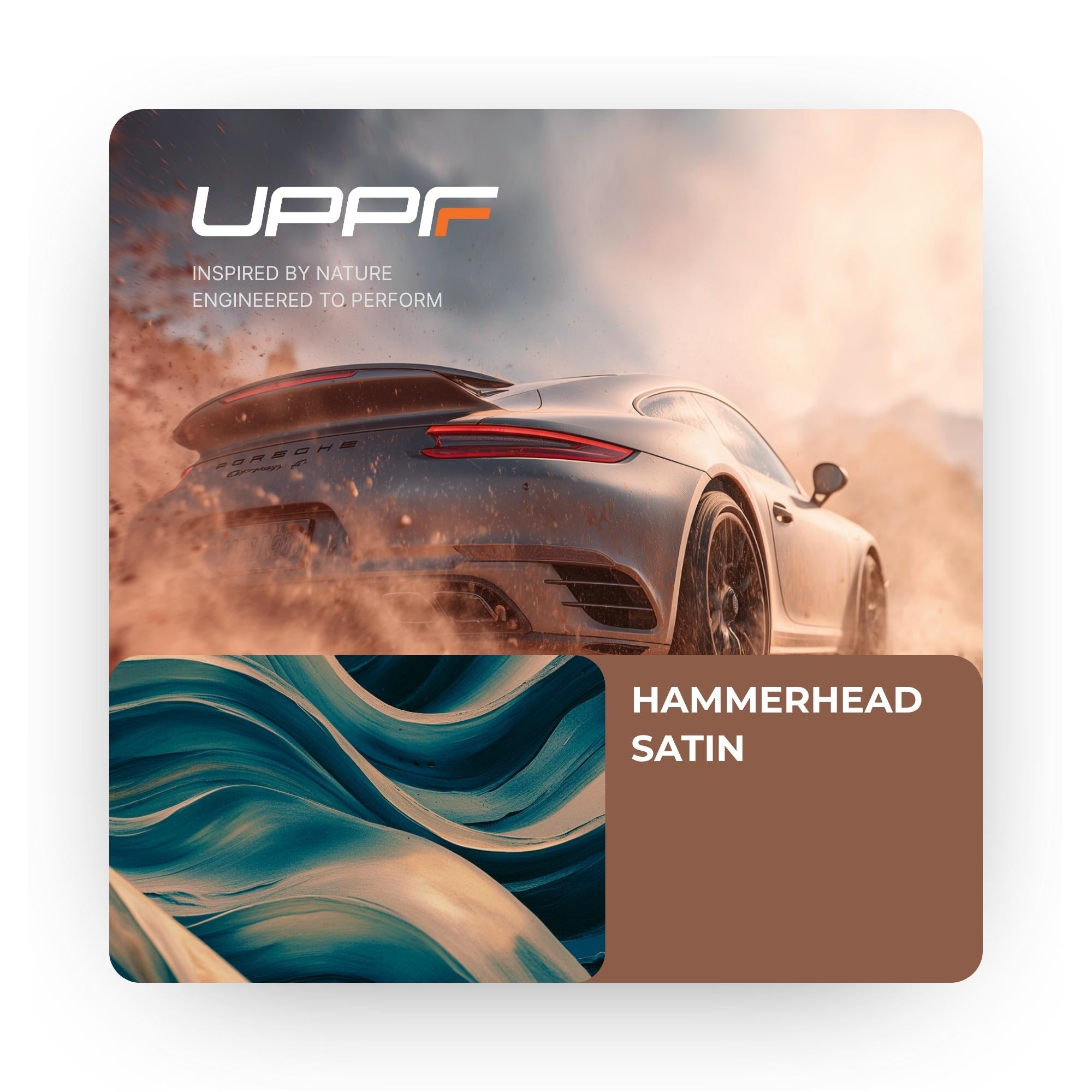
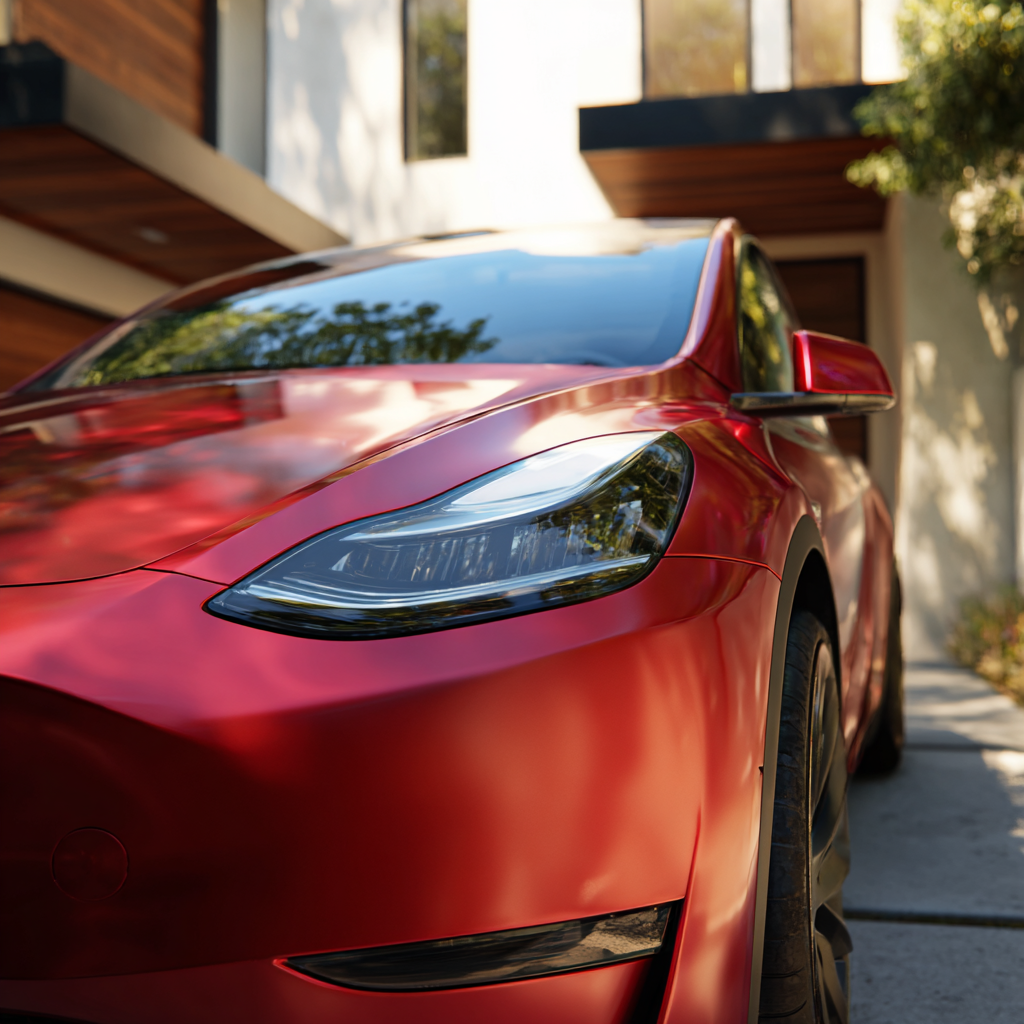

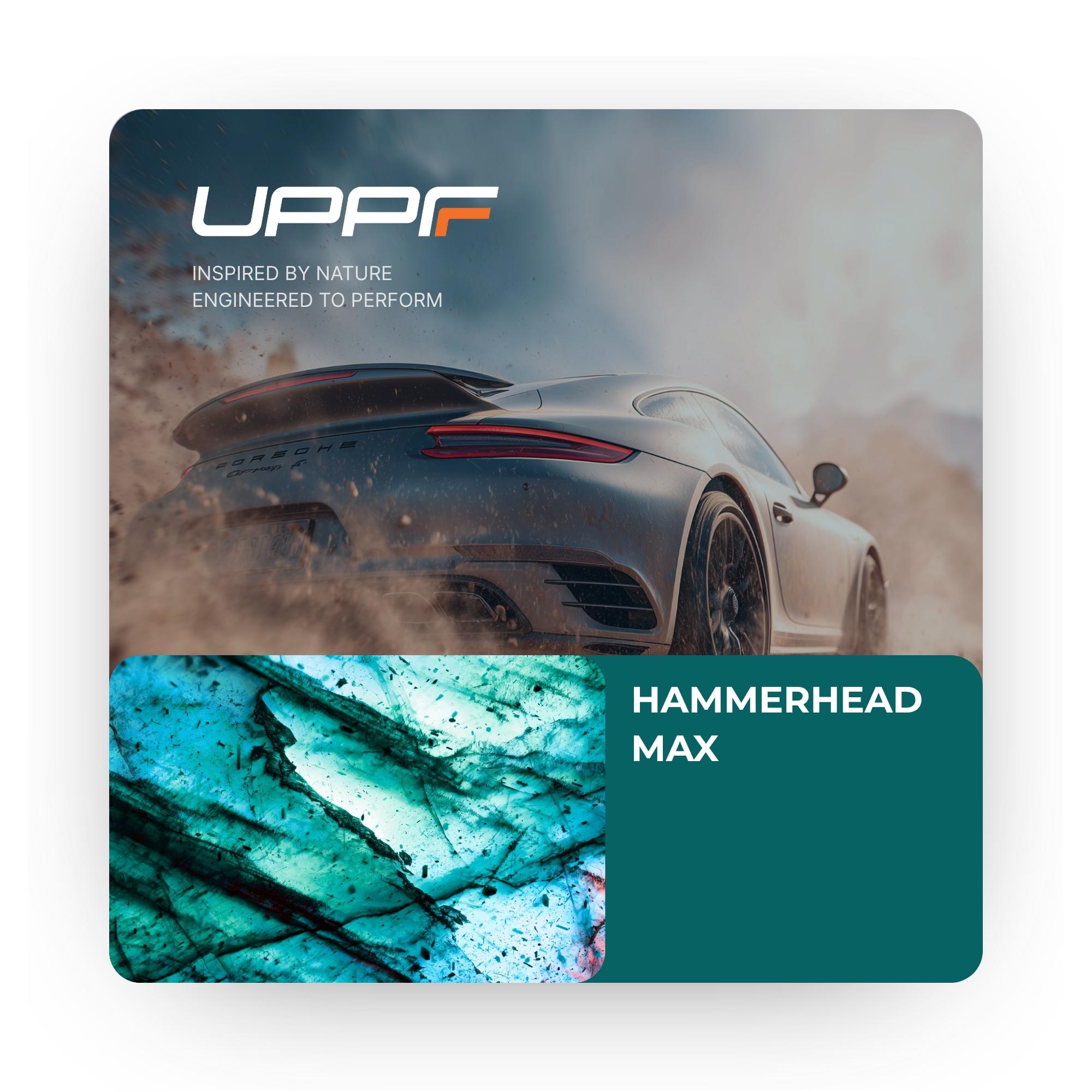
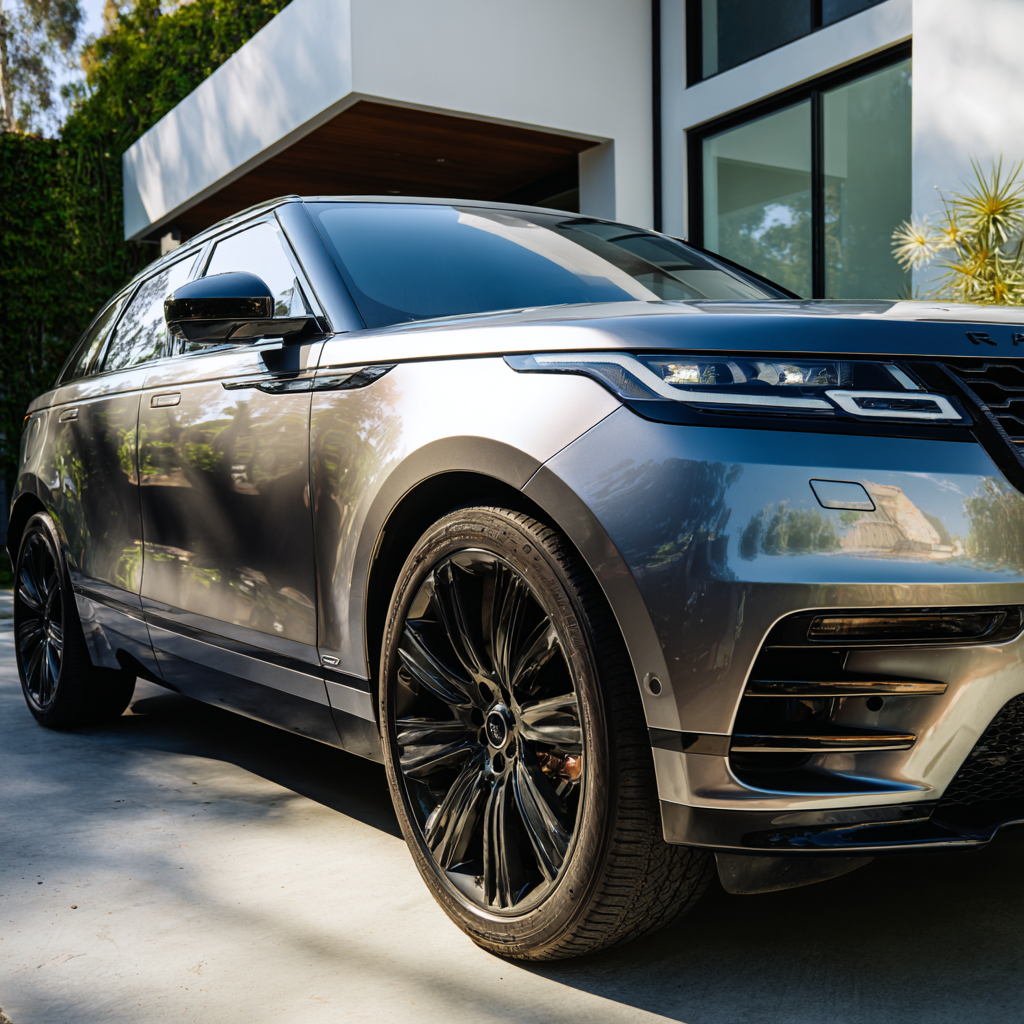

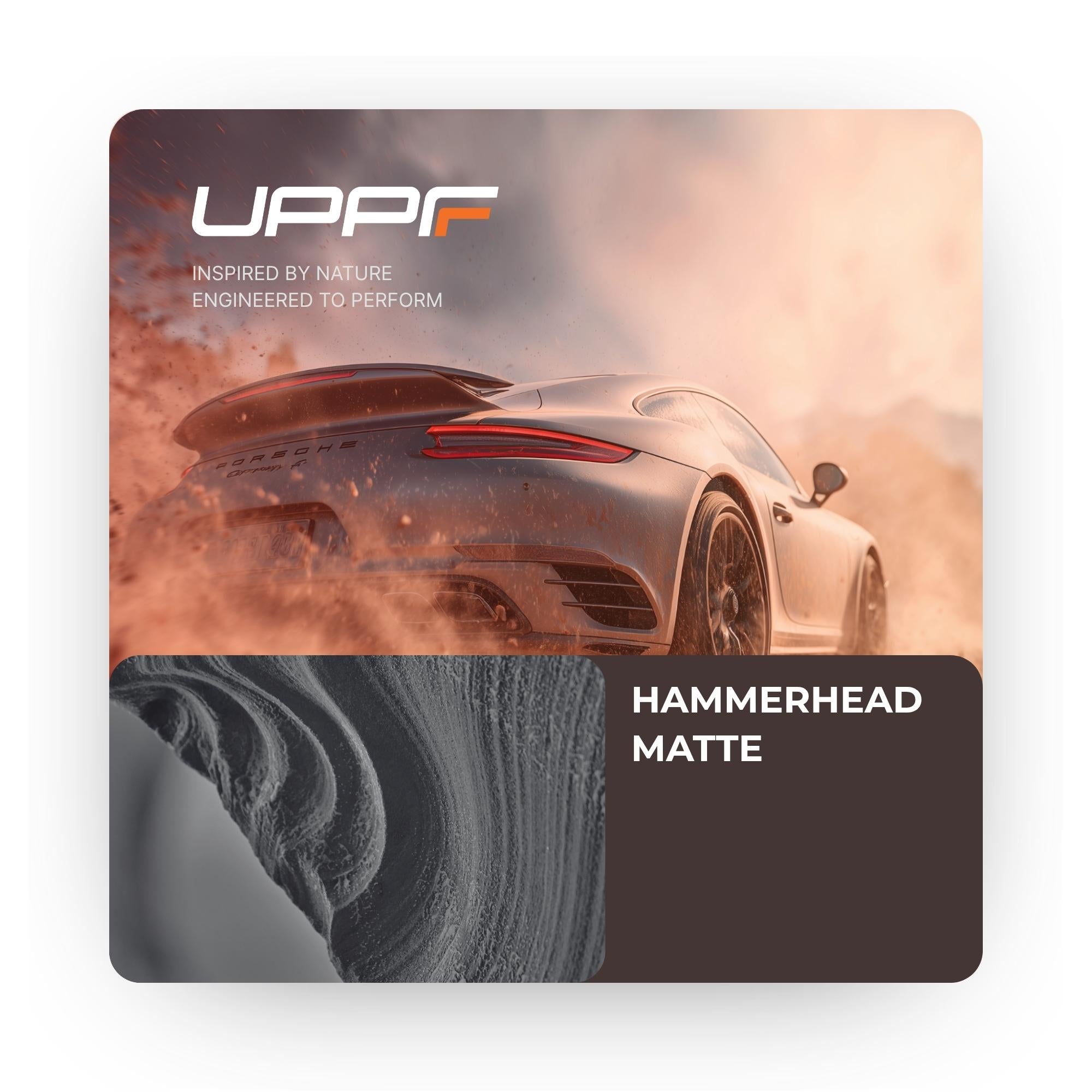

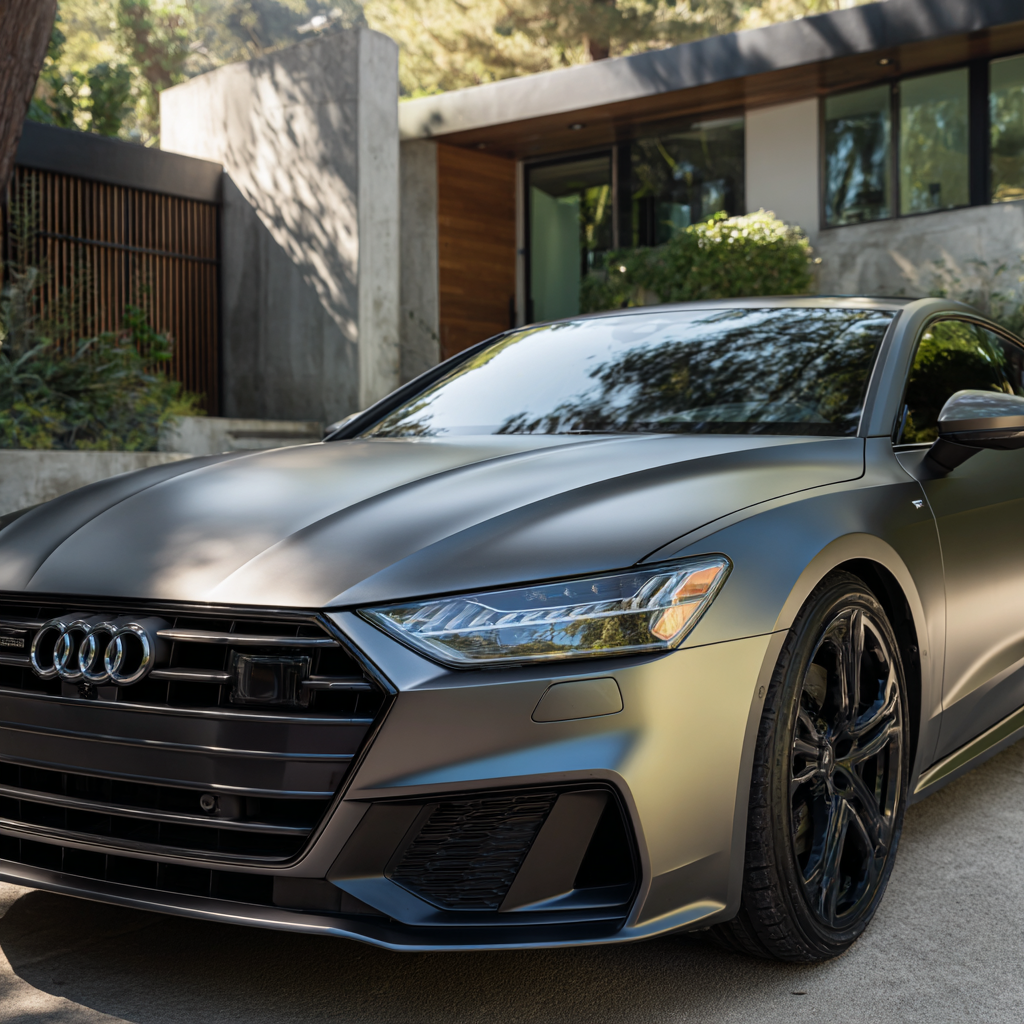
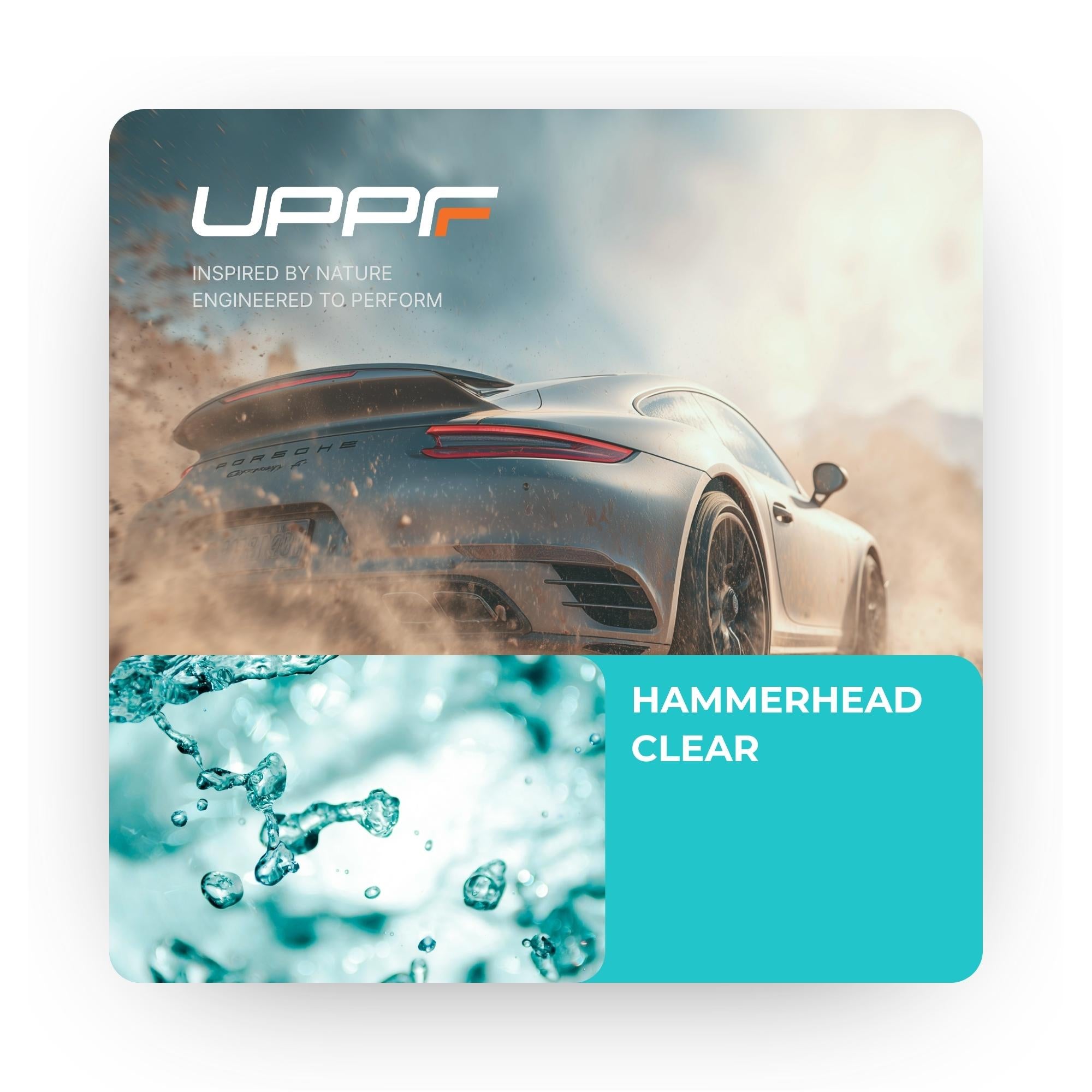


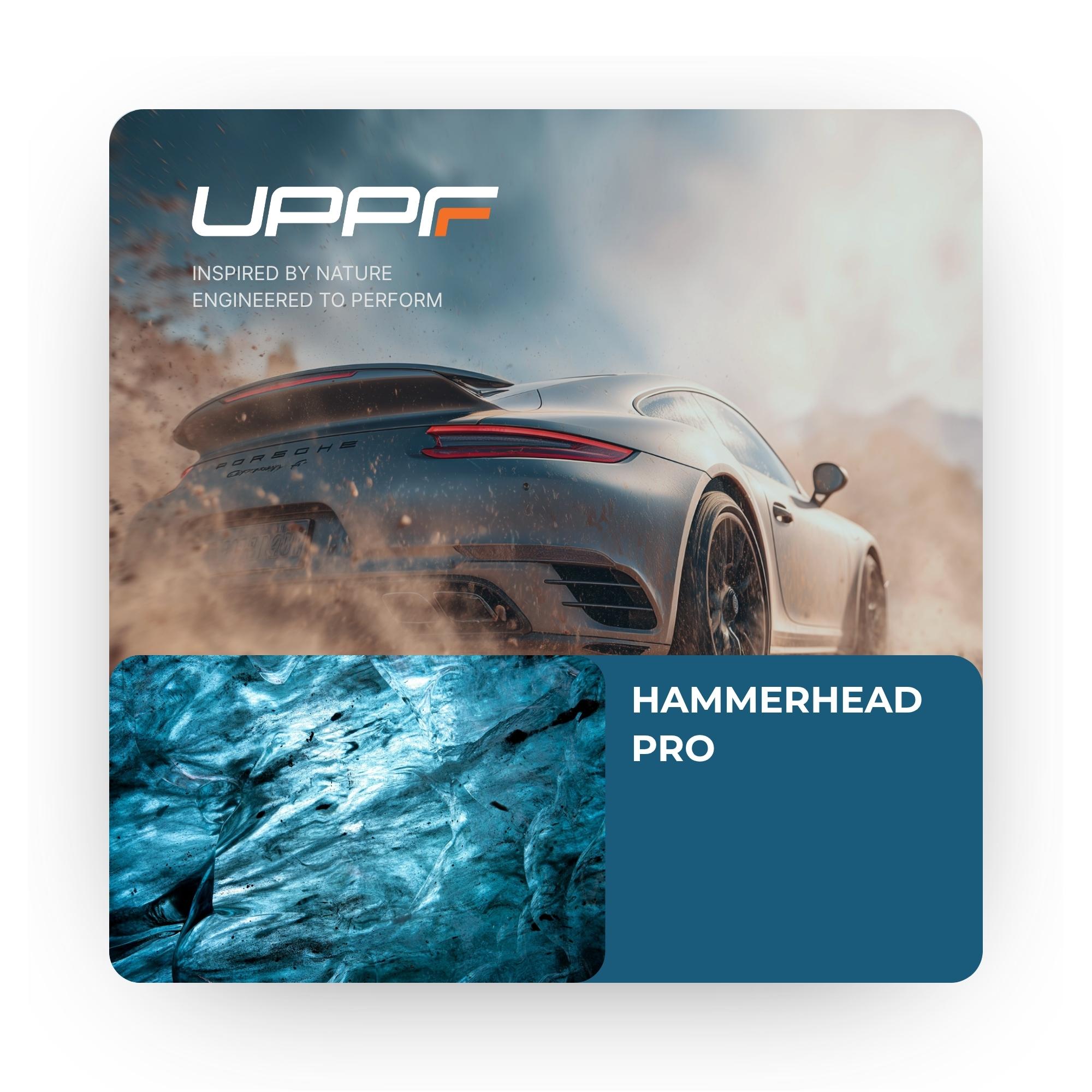



Share:
2025 Asia Cross Country Rally Thailand
What is PPF and how does it work?